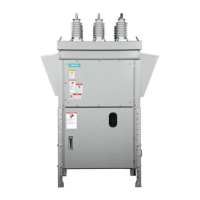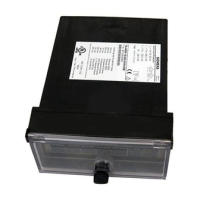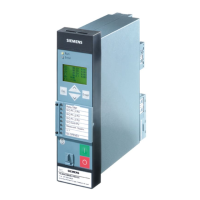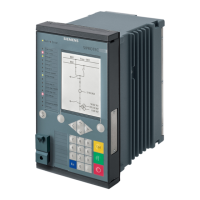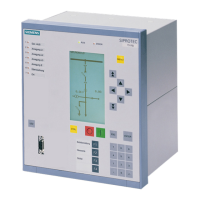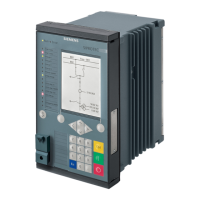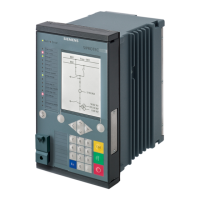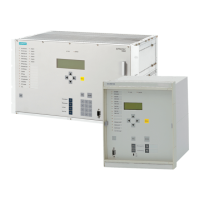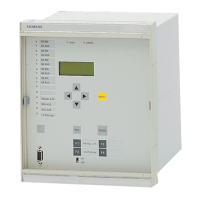Methods of implementing selectivity using circuit breakers
3.5 Zone selective interlocking
Selectivity for 3VA molded case circuit breakers
32 Configuration Manual, 08/2016, A5E03603181010-01
Advantages and limitations
Advantages of zone selective interlocking:
● Low electrical and mechanical loading of the electrical installation and the circuit breakers
thanks to short tripping times
● The protective functions for an electrical power distribution network are highly reliable and
predictable
● The short-circuit protection of circuit breakers can be selectively graded with a large
number of hierarchical levels (in principle)
Limitations of zone selective interlocking:
● The maximum permissible length of control wires limits zone selective interlocking to a
specific zone of an electrical power distribution network.
The maximum permissible length of control wires for Siemens 3VA2 molded case circuit
breakers is as follows:
– < 600 m / 0.75 mm
2
(AWG 18)
– < 1200 m / 1.5 mm
2
(AWG 16)
– < 2000 m / 2.5 mm
2
(AWG 14)
Area of application
Zone selective interlocking is used for applications requiring short-time delay short-circuit
protection as well as ground fault protection.
The 3WL air circuit breaker and the 3VA2 molded case circuit breaker have a delay time
t
ZSI
of 50 ms with short-circuits and a delay time t
ZSI
of 100 ms for ground faults.
Circuit breakers suitable for this application
Zone selective interlocking can be implemented using molded case circuit breakers and air
circuit breakers,
but the circuit breakers used must have an electronic trip unit. As a general rule, circuit
breakers with a thermal-magnetic trip unit do not have a short-time delay.

